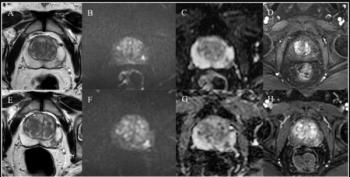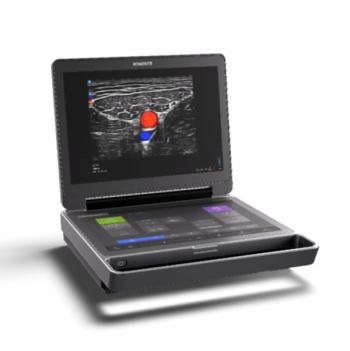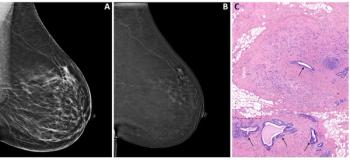
Consolidating firms can't forget technology
Consolidating firms can't forget technologyAny vendor participating in the PACS market knows that it is being reshaped by the forces of consolidation. Driven by the desire to maximize distribution channels or to provide the right product mix to
Consolidating firms can't forget technology
Any vendor participating in the PACS market knows that it is being reshaped by the forces of consolidation. Driven by the desire to maximize distribution channels or to provide the right product mix to customers, Kodak and Imation, Medasys and Citation, and HBO and Imnet have decided in the last month to tie their respective companies' futures together.
Whether their strategies will prove successful is, of course, too early to tell. But with customers increasingly searching for complete, one-stop shopping for their PACS and healthcare-information technology needs, consolidation moves can only benefit these companies as they strive for a more prominent market presence.
Despite many valiant efforts, only a few small firms have been able to carve out a lasting niche for themselves in PACS. The rest have either been acquired by larger companies seeking to fill out their product line, or have simply exited the business for greener pastures.
Although the marketing message of these mergers and acquisitions can be powerful, ultimately it is the success these companies achieve in integrating their technologies that will dictate their fates. The history of the PACS market is replete with corporate marriages that failed to live up to the promises proclaimed in their press releases. As several vendors in this sector have found, slick advertising and marketing campaigns won't amount to much if the corresponding products fail to measure up to customer expectations. It's a lesson that has often been forgotten in the PACS market.
-Erik L. Ridley, Editor
Search again Homepage
Newsletter
Stay at the forefront of radiology with the Diagnostic Imaging newsletter, delivering the latest news, clinical insights, and imaging advancements for today’s radiologists.






























